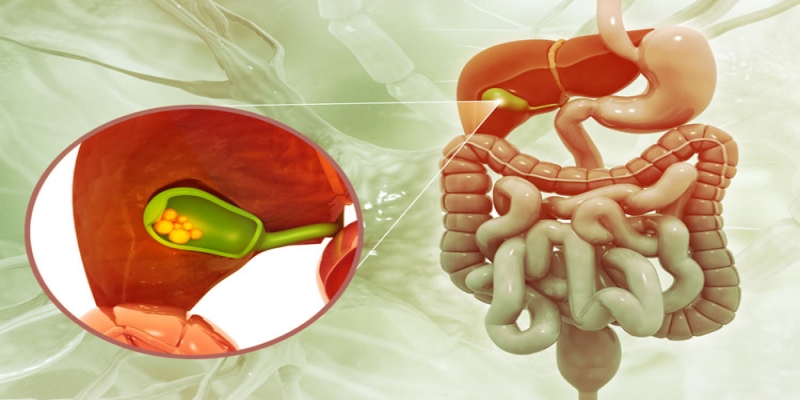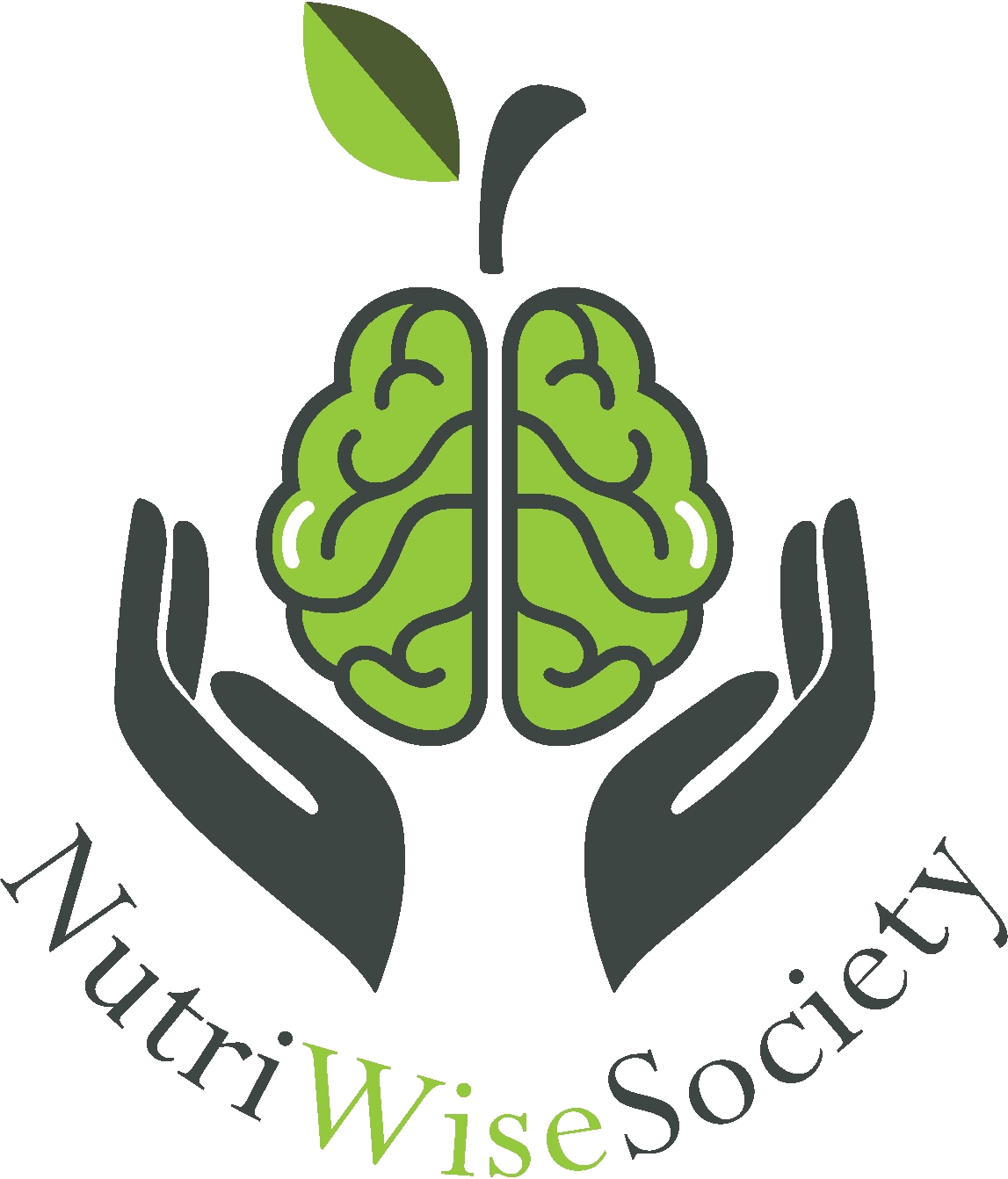
Gallstones
Gallstones
What is the Gallbladder?
Before learning about gallstones, it’s essential to understand what the gallbladder is and its functions in the body.
The gallbladder is a small, pear-shaped organ that stores and releases bile—a fluid produced by the liver to help digest fats in food. It is located in the upper right abdomen, just below the liver.
What is the Function of the Gallbladder?
The gallbladder is part of the digestive system, and its primary function is to store bile, which aids the digestive system in breaking down fats. Bile mainly consists of cholesterol, bilirubin, and bile salts.
Additionally, it connects with other parts of the digestive system through a series of bile ducts called the biliary tract, which transports bile from the liver to the small intestine.
How the Gallbladder Works
Before eating, the gallbladder is full of bile. Upon eating, it receives a signal to contract and release the stored bile through the bile duct. The bile flows through the main bile duct into the duodenum, the first part of the small intestine, where it mixes with food to aid digestion. After eating, the gallbladder empties and remains deflated until it refills with bile.
Common Gallbladder Problems
Several issues can affect the gallbladder, the most notable being gallstones. These are usually harmless but can lead to certain health conditions.
Some of the most common gallbladder issues include:
Gallstones: Stone-like structures formed from bile that develop in the gallbladder or bile ducts. They can be as small as grains of sand or as large as golf balls and are generally harmless but can cause pain, inflammation, or nausea.
Cholecystitis (Gallbladder Inflammation): This occurs when a gallstone blocks bile from leaving the gallbladder, causing pain and fever. Surgery is often required.
Gallstone Pancreatitis: Inflammation of the pancreas caused when a gallstone blocks the common bile duct, preventing pancreatic enzymes from draining into the small intestine.
Gallbladder Cancer: Rare but can be indicated by pain in the upper right abdomen, though such pain may also be due to other conditions.
Factors Increasing the Risk of Gallstones
Several factors can increase the likelihood of developing gallstones, including:
- Excessive cholesterol production by the liver.
- Insufficient bile salts to break down cholesterol.
- Incomplete emptying of the gallbladder.
- Family history and genetic factors.
- Diabetes.
- Low physical activity.
- High triglycerides.
- Low HDL (good cholesterol) levels.
- Obesity, particularly central obesity.
- Rapid weight loss.
- Age over 40.
- Pregnancy.
- High-fat or high-cholesterol diet.
- Low fiber intake.
- Blood disorders, such as sickle cell anemia or leukemia.
- Estrogen-containing medications, like oral contraceptives or hormone therapy.
- Liver disease.
Types of Gallstones
Gallstones are categorized into two types:
Cholesterol Gallstones: The most common type, appearing yellow due to undissolved cholesterol along with other components.
Pigment Gallstones: Dark brown or black stones that form when bile contains excessive bilirubin.
Symptoms of Gallstones
Gallstone symptoms don’t always appear, but possible signs include:
- Upper abdominal pain.
- Stomach pain after eating high-fat foods.
- Yellowing of the skin.
- Right shoulder pain.
- Chills and high fever.
- Nausea or vomiting.
Causes of Gallstones
While specific causes are unknown, certain conditions are associated with gallstone formation, including:
- High cholesterol in bile: When the liver produces excess cholesterol that bile cannot dissolve, it forms crystals that eventually turn into stones.
- High bilirubin in bile: Increased bilirubin, resulting from red blood cell breakdown, can lead to liver cirrhosis, bile duct infections, and blood disorders, leading to gallstones.
- Improper emptying of the gallbladder: This causes highly concentrated bile, resulting in stone formation.
How Common Are Gallstones?
Gallstones are common in developed countries, affecting about 10% of adults and 20% of those over 65. However, only 20% of those with gallstones require treatment.
Treatment for Gallstones
Various approaches can help treat gallstones, including:
- Weight Management: Reducing excess weight through a diet plan, such as Dr. Ruba Msharbash’s 4-in-1 Diet.
- Avoid High-Fat Foods: Following a healthy diet.
- Active Lifestyle: Engaging in regular physical activity.
Tips to Increase Physical Activity
Increasing physical activity can aid in addressing this issue through:
- Taking stairs instead of elevators.
- Parking farther from your destination to walk more.
- Choosing activities with family or friends, like cycling or playing soccer.
Dietary Guidelines
A nutritional consultation can help determine recommended and avoided foods, such as:
Recommended Foods: Skinless grilled chicken, fresh fruits and vegetables, grilled meats, whole grains like brown and bran bread, raw nuts, olive oil, and skim milk.
Foods to Avoid or Limit: Fried chicken or meats, fried fruits or those with added fats, refined or fatty starches like cakes and pastries, ghee, white bread, roasted nuts, and full-fat milk.
- References:
- Tseng, M., Everhart, J. E., & Sandler, R. S. (1999). Dietary intake and gallbladder disease: a review. Public Health Nutrition, 2(02). doi:10.1017/s136898009900021x
- Gaby, Alan. (2009). Nutritional Approaches to Prevention and Treatment of Gallstones. Alternative medicine review: a journal of clinical therapeutic. 14. 258-67.
- Dieting and Gallstones, National institute for Diabetes and Digestive and kidney Diseases (NIH)
Blog categories
Recent Posts
Keto Diet
29th Oct, 2024 / Diets
Gallstones
30th Oct, 2024 / Nutrition and Gastrointestinal & Liver Diseases
Inflammatory Markers and Homocysteine
30th Oct, 2024 / Nutrition Basics
